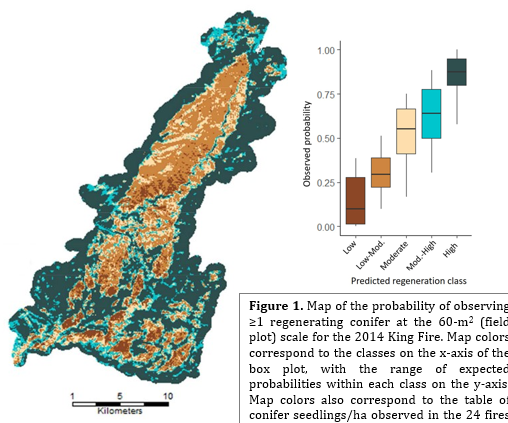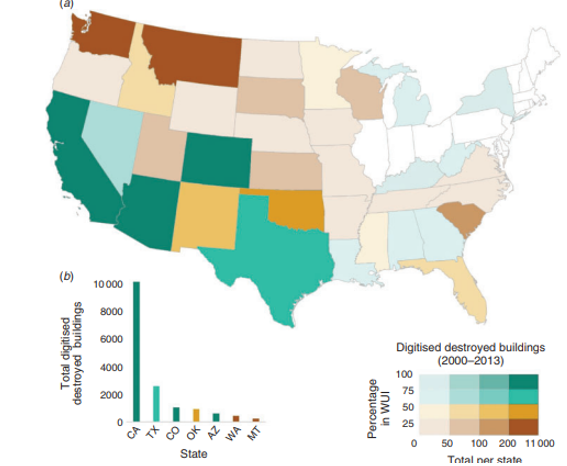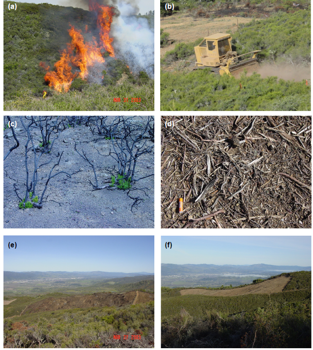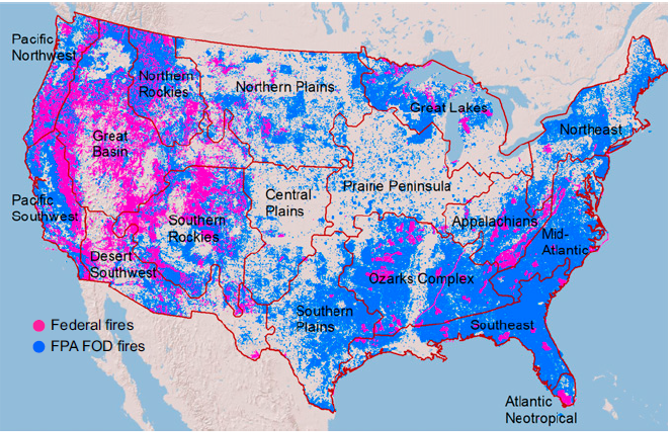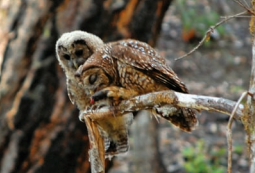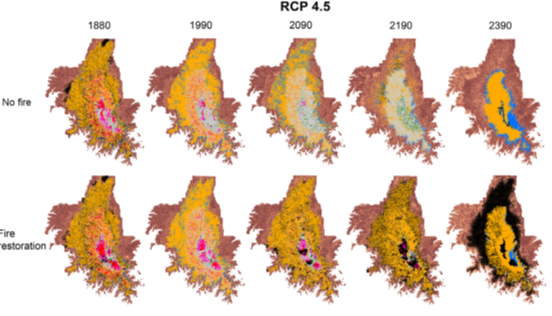Spatial predictions of conifer regeneration after wildfire may help managers prioritize reforestation efforts: Research Brief
/Recent work by researchers from U.C. Berkeley and the U.S. Forest Service has produced a spatially-explicit predictive model that can be used to forecast where regeneration of (non-serotinous) conifers is most likely to occur after wildfire. This predictive model combines seed availability with climatic, topographic, and burn severity data to forecast the spatial patterns of post-fire conifer regeneration
Read More
